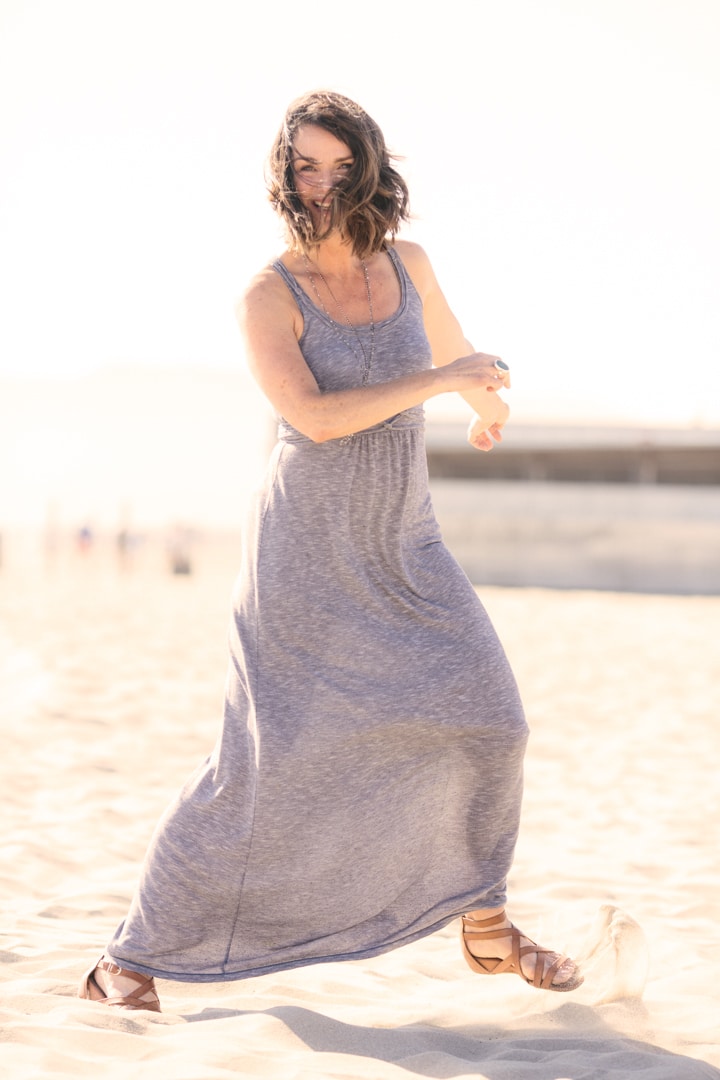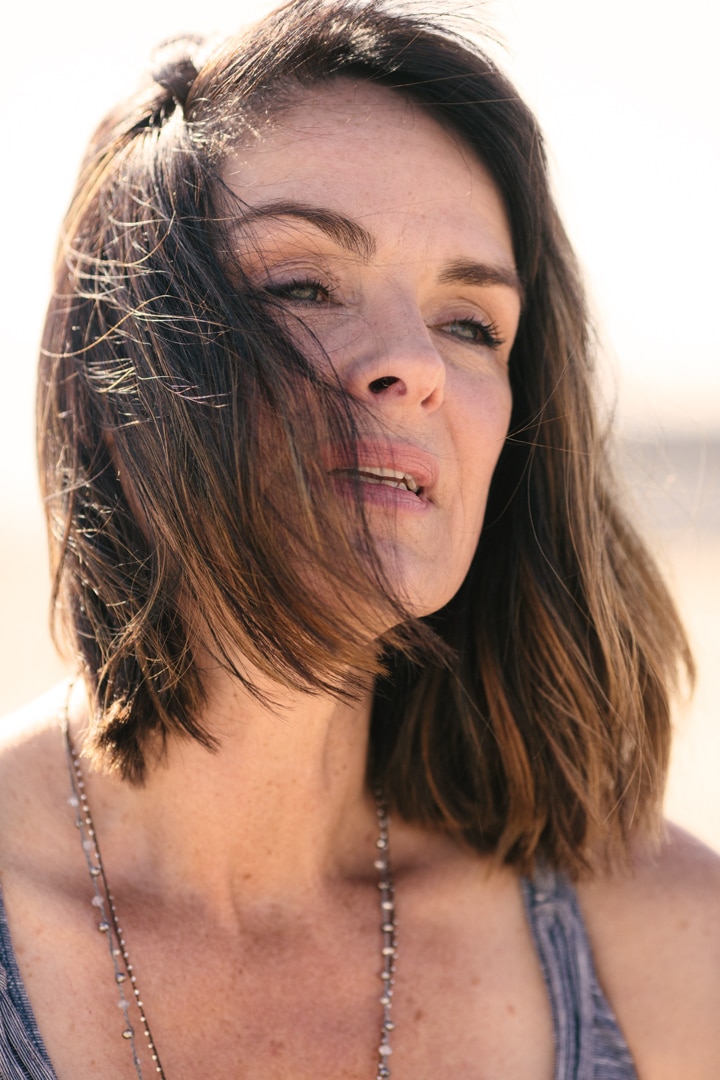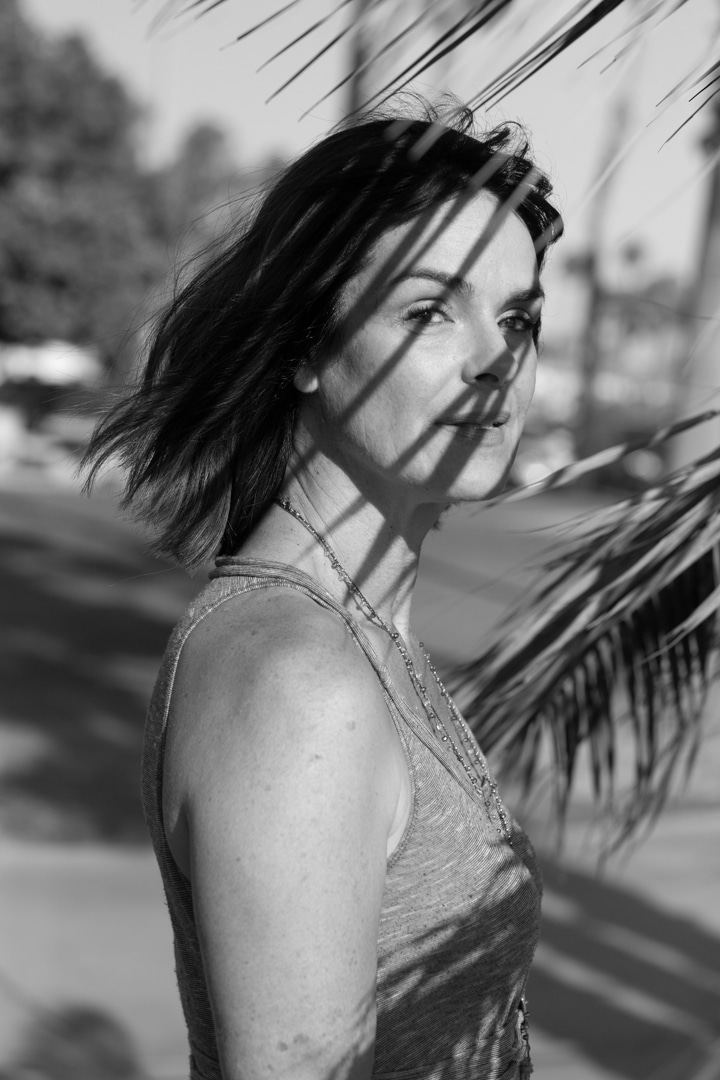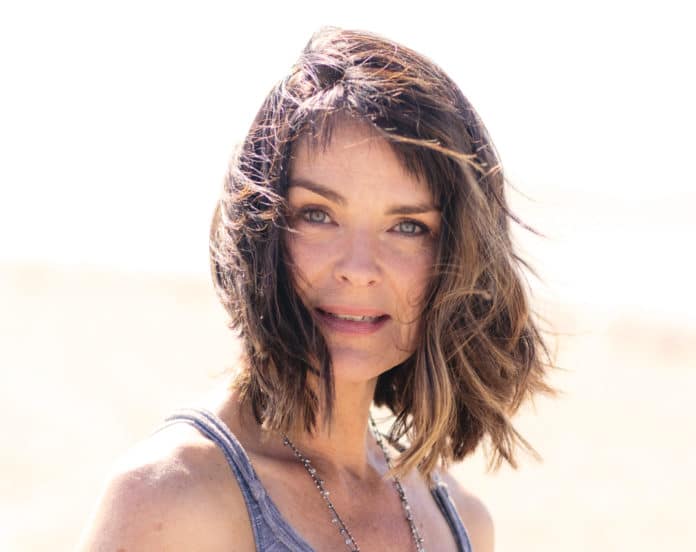Ed: There is considerable difference of opinion on what is beauty, what is the right amount of self maintenance, and what as an organization we should be promoting. There are a lot of pros and cons out there; Paulina Porizkova’s posts are especially thought provoking. This is a tricky, very personal subject, often filled with strident opinions. Our feeling is: do whatever feels best for you. Our job is to provide the information we receive and let our highly discerning readers make their decisions.
Should You Snub the Botox? Thoughts From a Former Revlon Model, by Suzanne Blons
I’m not sure what’s harder to cope with: the wrinkles on my face or other people’s judgment that I don’t fill them with Botox. As a former professional model, (I was the Revlon Charlie Girl back in the ’80s) and now a celebrity makeup artist, I am seeped in the dysfunctional world of media and advertising. Many times, as I stand behind the camera studying my work on the face of an older female on-camera talent, there is discreet and not-so-discreet whispering. Someone in the crew will murmur under his/her breath something to the effect, “Wow, ever heard of plastic surgery?” or, “Can we do something else with the lighting or can she sit in the dark?” Or, even more cutting, I might hear, “Does she have any idea how bad she looks? She shouldn’t have snubbed the Botox.”
To be fair, it has gotten better. When I worked at CNN and Fox News Channel in Washington DC in the 1990s, it was much worse. The rampant sexism and male commentary on women was almost too much to handle at that time. Women were fired because they showed signs of aging. Believe it or not, one anchor I know went out and had a full-face lift in order to keep her job.

Meanwhile, the male talent snubbed anti-aging procedures while possessing unfettered potbellies, grey hair, and bad manners. Today, things have improved. The insults have gone more underground and are less overt. But they are still in the air, floating around like invisible smoke in our mass cultural belief that older women (who look older) should not be on camera. At times, women are far more brutal about this subject than men, but we cover it up with passive-aggressive behavior and gossip. What is the way forward in the realm of feminine beauty?
It’s important to note that we need not exchange one set of negative judgments about beauty into another set of what are appropriate anti-aging strategies for an individual. Each one of us needs to decide what is important to us, our values and how we want to present ourselves to the world. This is a tough one. American culture is brutal on women. Having lived in Great Britain for much of my formative years, I think aging is more accepted and valued in the English culture. British actresses like Kate Winslet, Maggie Smith, and Judy Dench have shunned cosmetic procedures with little to no repercussions in their careers. The same cannot be said of many American performers. How do we nurture the self-love necessary to welcome those wrinkles and, at the same time, devote appropriate energy and finances to looking younger?

This is a question each of us must navigate. My concern is that when physical development and outer aesthetics become not just a value but also an ultimate end, we cross into dangerous ethical ground. To return to the subject of Botox, or botulinum toxin, with just 160 nanograms, enough to kill a 176-pound human, it is one of the deadliest substances on Earth.
In the past, popular studies stated that injections remained localized and did not spread to other parts of the body. Therefore, the small amounts of Botox needed to effectively fill out our wrinkles were not deadly. Each injection contained 0.73 nanograms per 100-unit vial, and most people received around 10 units per session. However, new studies show that injections do not remain localized — they do, in fact, spread to other parts of the body. As a beauty and health industry staple, Botox sales earned over 2.45 billion dollars in 2015, so these studies are potentially interrupting the lifestyles and investments (aka the yacht) of surgeons everywhere.

Is beauty this valuable? When we stray into injecting ourselves with toxins to look acceptable, we are squarely doing battle with ethics and not just protecting ourselves from the opinions of others and lower self-esteem. Is there a non-toxic alternative to Botox? In my research, snake venom, in small doses, is a potential replacement, but it has yet to be marketed to a global audience. Perhaps, like all good-ideas-gone-bad, public pressure will force the hand of the pharmaceutical industry and drive the necessary research of alternate substances into the limelight.
Balance, not strained aestheticism, is the key. For me, the greatest benefit of aging is not caring, or caring much less, what other people think of me, while maintaining a heartfelt openness to learning and personal growth. My stance on aging is to work on my inner essence of self-love and acceptance, while adjusting my outer self-care to reflect what I love about my looks.
What is this fragile equilibrium for you? Should you snub the Botox? How do you navigate the agitated waters of beauty, aging, and feminine influence? Can there be outer beauty without inner freedom? There is much to be garnered from not losing the inherent positive personal inner work older women are capable of in the face of public pressure and judgment. Being beautiful is not becoming beautiful. As we grow in age, we grow in depth. Can we also grow in seeing our natural beauty? Yes, is my ebullient and passionate reply.
This is Susanne’s site, The Beauty Shaman.



Hi Diana! Thanks so much for your thoughts on my article! In response, the wind was blowing so that’s why hair is in my face. Otherwise I am very comfortable naked faced. Please see my YouTube channel, The Beauty Shaman, where I sit with no makeup in front of the camera every week. For the second point, I appreciate the clarification on my wording with Botox and fillers. Also, the quantity of Botox is an important point! I resesarched the quantity and that’s what I found, so good to know that it’s actually different. I have many friends who have Botox regularly, and I applaud every woman’s choice in this matter. There are so many views and extremes with self care (as David pointed out in the header) the important bit is to do it with self love and acceptance. In truth, I believe one could eat a tire with no ill effects if you believe it won’t hurt you. How we think/believe dictates our well-being on so many levels.
The topics of the (female) aging face and graying hair certainly are sensitive subjects! I can’t believe some of the things I hear people say in regards to the aging effects of natural hair. While mine doesn’t show in the photo (due to lighting I think) I’ve chosen not to cover my gray. I also – so far – have resisted the urge to “do something” to my face. While I sometimes miss the smooth, firm face of my youth, I also can’t imagine putting toxins into my skin. I don’t know what the future will bring, but it definitely wont be Botox. It’s important to me to be real, and at the moment I’m happy with my appearance. I do things to try to stay fit and healthy, which I think helps some too. But only time will tell.